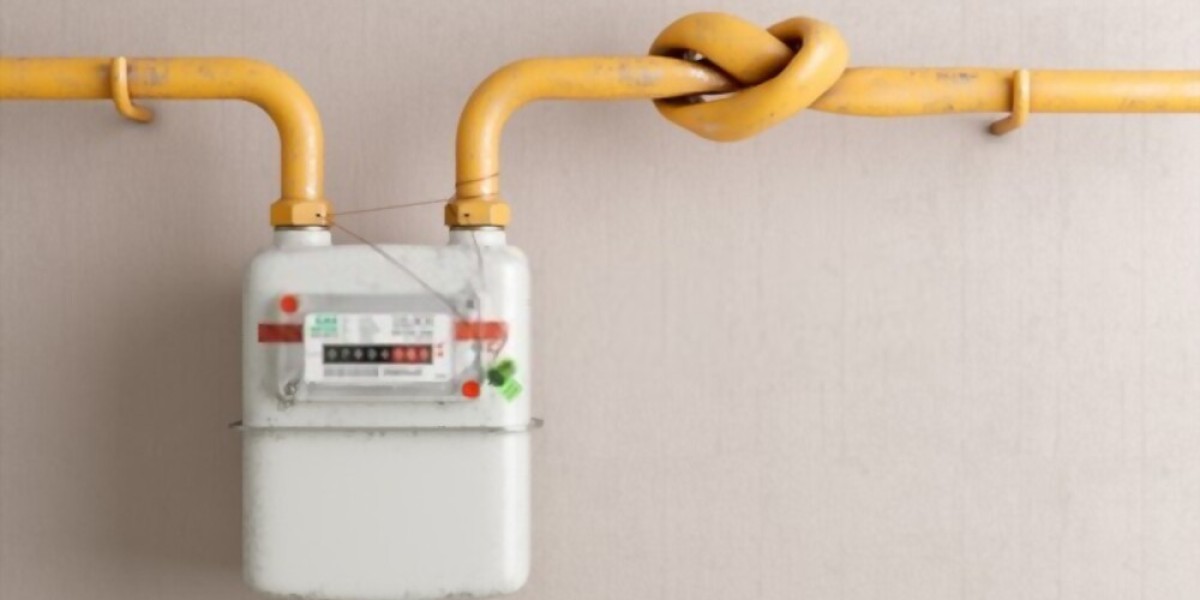Diaphragm gas meters play a critical role in accurately measuring and monitoring the flow of natural gas in residential, commercial, and industrial settings. These meters provide essential data for billing, monitoring consumption, and ensuring the efficient distribution of gas. In this blog, we will explore the inner workings of diaphragm gas meters, their importance, and the critical differences between diaphragm and rotary meters.
What is the Diaphragm on the Gas meter?
The diaphragm in a gas meter serves as a flexible, elastomeric membrane located within the meter housing. Its primary purpose is to separate the measured gas from the meter's moving parts. This isolation ensures that the gas flow does not interfere with the internal mechanisms of the meter, allowing for accurate measurement. The diaphragm flexes in response to the pressure difference caused by the gas flow, enabling precise gas consumption monitoring.
How Does a Diaphragm Gas Flow Meter Work?
A diaphragm gas meter operates based on the principle of positive displacement. The gas flows through the meter and enters a chamber where the diaphragm is positioned. As the gas pressure increases, it causes the diaphragm to expand, filling the chamber. Subsequently, the diaphragm contracts, displacing the gas volume from the chamber. This cyclical expansion and contraction of the diaphragm occur with each gas pulse, enabling accurate gas flow rate measurement. The movement of the diaphragm is typically converted into rotational motion, which is then used to drive the register that records the gas consumption.
What is the Capacity of a Diaphragm Gas Meter?
Diaphragm gas meters are available in various sizes to accommodate different flow rates and gas consumption levels. The capacity of a diaphragm gas meter is typically measured in cubic meters per hour (m³/h) or cubic feet per hour (ft³/h). These meters come in various capacities, from small meters suitable for individual households to larger meters capable of handling high gas demands in industrial or commercial applications. Gas utility companies carefully select the appropriate meter capacity based on expected gas usage, pressure, and the number of connected appliances or units.
What is the Difference Between Diaphragm and Rotary Meters?
Diaphragm and rotary meters are two commonly used types of gas flow meters, each with its own set of characteristics. Here are the key differences between the two:
Technology: Diaphragm meters use positive displacement technology, while rotary meters operate on the principle of rotary motion. Diaphragm meters measure gas flow by counting the number of gas pulses, whereas rotary meters utilise a rotating impeller or rotor to measure the volume of gas passing through.
Accuracy: Diaphragm gas meters are known for their high precision, making them ideal for precise measurement of gas consumption in residential and commercial settings. They can accurately measure even low flow rates. Rotary meters, on the other hand, are generally used for larger gas loads and offer slightly lower accuracy. However, technological advancements have made rotary meters more accurate in recent years.
Maintenance: Diaphragm meters are relatively easy to maintain and service. They have fewer moving parts and are less prone to wear and tear. Due to their more complex design, rotary meters may require more frequent maintenance. The rotating impeller or rotor in rotary meters is susceptible to damage, requiring periodic inspection and calibration.
Application: Diaphragm meters are commonly employed in residential, commercial, and small-scale industrial applications. Their accurate measurement capabilities make them suitable for billing and monitoring gas consumption in households, businesses, and small industrial facilities. On the other hand, rotary meters are typically used for more significant industrial and commercial gas consumers where higher gas flow rates are expected.
Conclusion
Diaphragm gas meters are crucial components of the gas supply chain, providing accurate gas consumption measurements. Their positive displacement technology, high accuracy, and suitability for various applications make them indispensable in ensuring reliable gas distribution. These meters enable fair billing and help identify potential gas leaks, and manage energy usage effectively. Understanding the functioning and significance of diaphragm gas meters can empower users and gas utility companies to optimise gas consumption, reduce waste, and contribute to efficient energy management.
When considering installing or replacing diaphragm gas meters, it is important to consult reputable diaphragm gas meter manufacturers for specific information and recommendations tailored to your gas metering needs. They can guide you in selecting the appropriate meter capacity, ensuring compliance with regulations, and addressing any unique requirements related to your gas supply. With reliable and accurate gas measurements provided by diaphragm gas meters, we can continue to enjoy the benefits of natural gas while promoting sustainability and energy efficiency in our communities.



